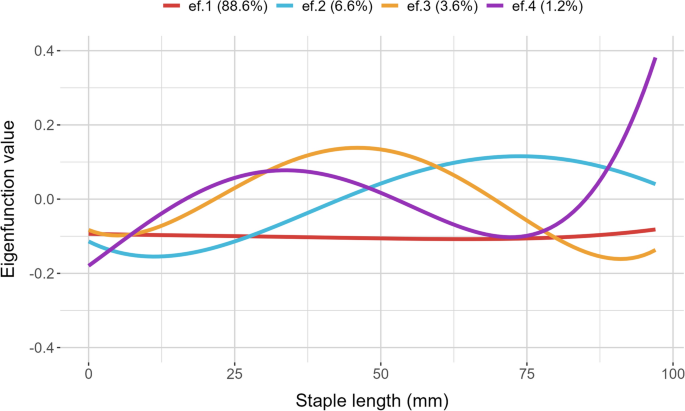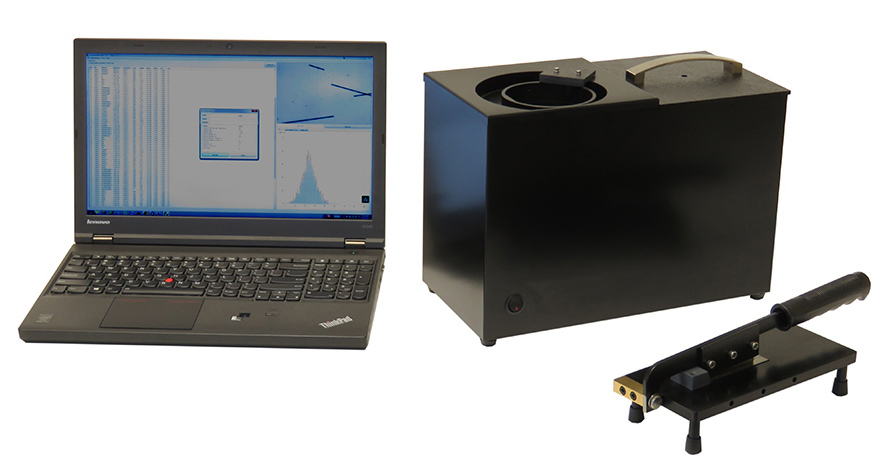Industry Standards Met by Optical Fibre Diameter Analyser Systems
Optimize Your Fibre Optic Performance: Comprehending Optical Fiber Diameter Analyser Modern Technology
The performance of fibre optic systems is seriously affected by the precision of their diameter, an aspect often neglected in the quest of optimal signal integrity. Recognizing the innovation behind optical fibre size analysers reveals the detailed balance in between dimension accuracy and manufacturing quality.
Importance of Optical Fibre Diameter
The size of optical fiber plays an important duty in establishing the efficiency and efficiency of interaction systems. It influences numerous essential parameters, consisting of the mode of light propagation, depletion, and data transfer capacity. Bigger diameters usually permit numerous light modes, facilitating greater information transmission rates. Conversely, smaller diameters have a tendency to sustain less modes, which can boost signal clearness and reduce crosstalk.

Moreover, comprehending the diameter's implications can result in set you back financial savings by reducing the need for signal boosting and repeaters in extensive networks (optical fibre diameter analyser). Finally, the relevance of optical fiber size can not be overstated, as it directly impacts the total effectiveness and dependability of modern-day communication systems

Just How Diameter Affects Signal Quality
Signal high quality in optical fiber systems hinges significantly on the size of the fibre. The size affects several essential parameters, including attenuation, transmission capacity, and modal dispersion. A smaller sized size can lead to higher attenuation prices, resulting in signal loss as light trips with the fiber. This attenuation can compromise the integrity of the transmitted data, bring about a decline in signal quality, especially over cross countries.
Alternatively, larger sizes usually permit enhanced light capture and lowered modal dispersion, improving signal clarity. In multimode fibers, a larger core diameter can sustain multiple light modes, however it might likewise introduce intermodal dispersion, which can weaken signal quality. Selecting the ideal fibre size is vital for accomplishing the desired efficiency in details applications.
Moreover, the communication in between the fibre size and the wavelength of the light utilized plays a critical role in determining the effective transmission range and general signal integrity. Understanding how fibre diameter affects signal top quality is vital for network developers and engineers making every effort to optimize optical fiber systems for trustworthy, high-speed data transmission.
Summary of Diameter Analyser Modern Technology
In numerous optical fiber manufacturing procedures, precise measurement of fiber size is essential for guaranteeing consistent performance and high quality (optical fibre diameter analyser). Size analysers are advanced tools designed to analyze the physical measurements of optical fibres with high accuracy. They employ innovative optical and laser innovations to determine the size, ovality, and concentricity of the fiber, therefore providing critical information for high quality control
These analysers can operate in-line throughout the production procedure or as part of off-line testing procedures. In-line systems make it possible for real-time monitoring, allowing producers to adjust criteria quickly, thus preserving optimum manufacturing problems. Off-line analysers, on the other hand, supply comprehensive assessments of sets, making certain that any discrepancies from specified resistances are recognized and dealt with.
Size analysers considerably add to the reduction of issues in optical fibers, improving overall product dependability. By constantly determining essential criteria, these technologies facilitate compliance with industry standards and specifications. As the demand for high-performance optical fibers proceeds to rise, the role of diameter analysers becomes increasingly crucial in achieving our website the preferred quality and efficiency requirements in fibre optic systems.
Secret Features of Fiber Size Analysers
Although numerous designs of fiber diameter analysers exist, they generally share several key attributes that boost their capability and dependability. Among one of the most considerable functions is high-resolution dimension capabilities, which guarantee exact diameter readings, vital for preserving quality assurance in fiber production. Additionally, numerous analysers incorporate advanced optical sensing units created to identify minute variants in fibre diameter, therefore giving very useful information for process optimization.
Another important function is real-time surveillance, permitting operators to receive prompt responses on fibre diameter throughout the production procedure (optical fibre diameter analyser). This capacity assists in rapid changes and minimizes the probability of problems. Many analysers also come equipped with user-friendly interfaces, enabling drivers to conveniently browse via setups and information outputs
Furthermore, durable data storage and analysis functionalities are vital for tracking historic performance patterns go to my blog and guaranteeing conformity with market standards. Some versions also use connection choices for integration right into existing manufacturing control systems, enhancing general operational effectiveness. Finally, mobile and portable designs permit adaptable release within manufacturing settings, making certain that high quality assurance procedures are smooth and efficient. These functions jointly add to the effectiveness of fiber diameter analysers in enhancing fiber optic performance.
Ideal Practices for Fibre Optimization

First, normal calibration of optical fibre diameter analysers is important. This makes certain accurate dimensions and minimizes prospective disparities that might influence efficiency. Next off, keeping a tidy functioning setting is important; dust and contaminants can result in indicate destruction.
In addition, it is necessary to pick fibres that meet particular application demands. This includes examining aspects such as depletion, transmission capacity, and click this ecological problems. Correct installment methods must likewise be stuck to, consisting of preventing sharp bends and extreme stress, which can endanger fiber stability.
Moreover, using advanced monitoring systems can assist in real-time efficiency evaluations, making it possible for prompt identification of concerns. Routine screening and maintenance should be carried out to make certain that fibres remain within optimal functional specifications.
Last but not least, training employees on the most recent fiber optimization technologies and methodologies will improve their capability to execute efficient techniques. By following these ideal methods, organizations can significantly boost the efficiency and life-span of their optical fibre systems, ensuring reliable communication and data transfer.
Final Thought
In conclusion, the integration of optical fiber diameter analyser technology is critical for taking full advantage of fiber optic performance. By ensuring precise dimensions of fiber dimensions, these analysers substantially enhance signal high quality and reduce losses during data transmission.
Signal top quality in optical fibre systems hinges substantially on the size of the fibre.In lots of optical fiber manufacturing procedures, exact measurement of fibre diameter is necessary for making certain consistent performance and high quality. As the need for high-performance optical fibers continues to increase, the role of diameter analysers comes to be progressively crucial in attaining the preferred high quality and efficiency criteria in fibre optic systems.
These functions collectively contribute to the efficacy of fiber size analysers in optimizing fibre optic performance.
In conclusion, the assimilation of optical fiber size analyser modern technology is crucial for taking full advantage of fibre optic performance.